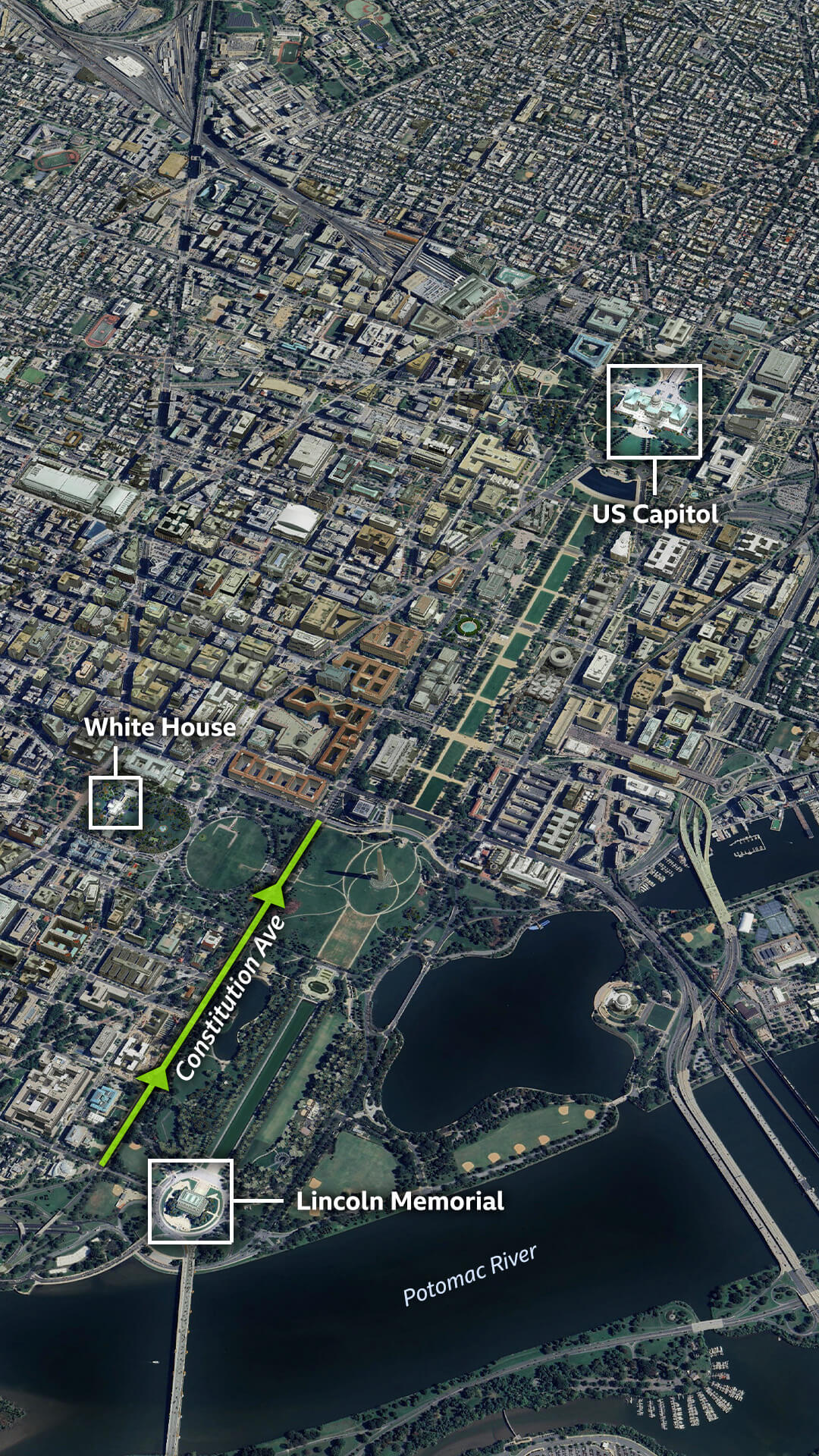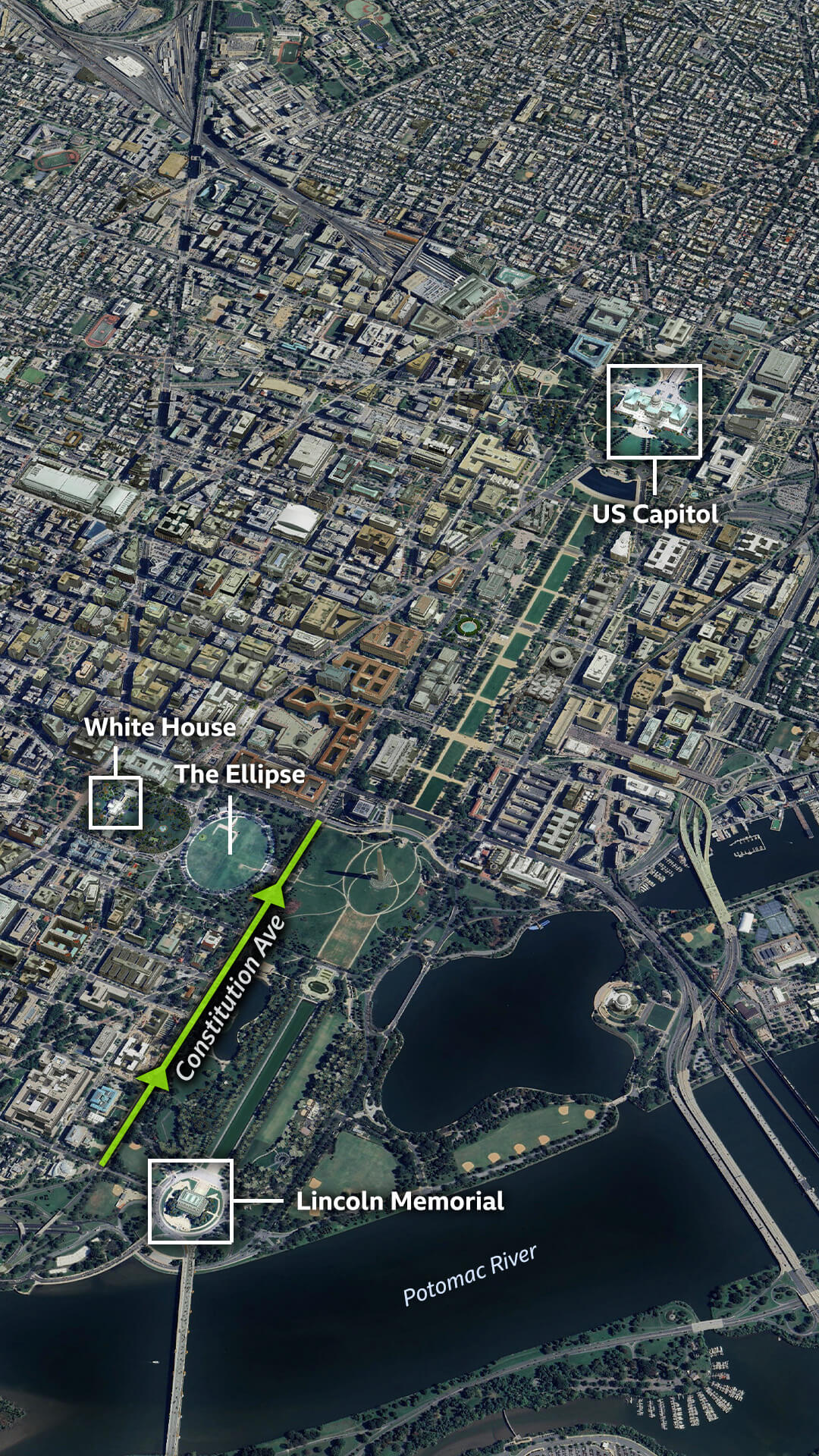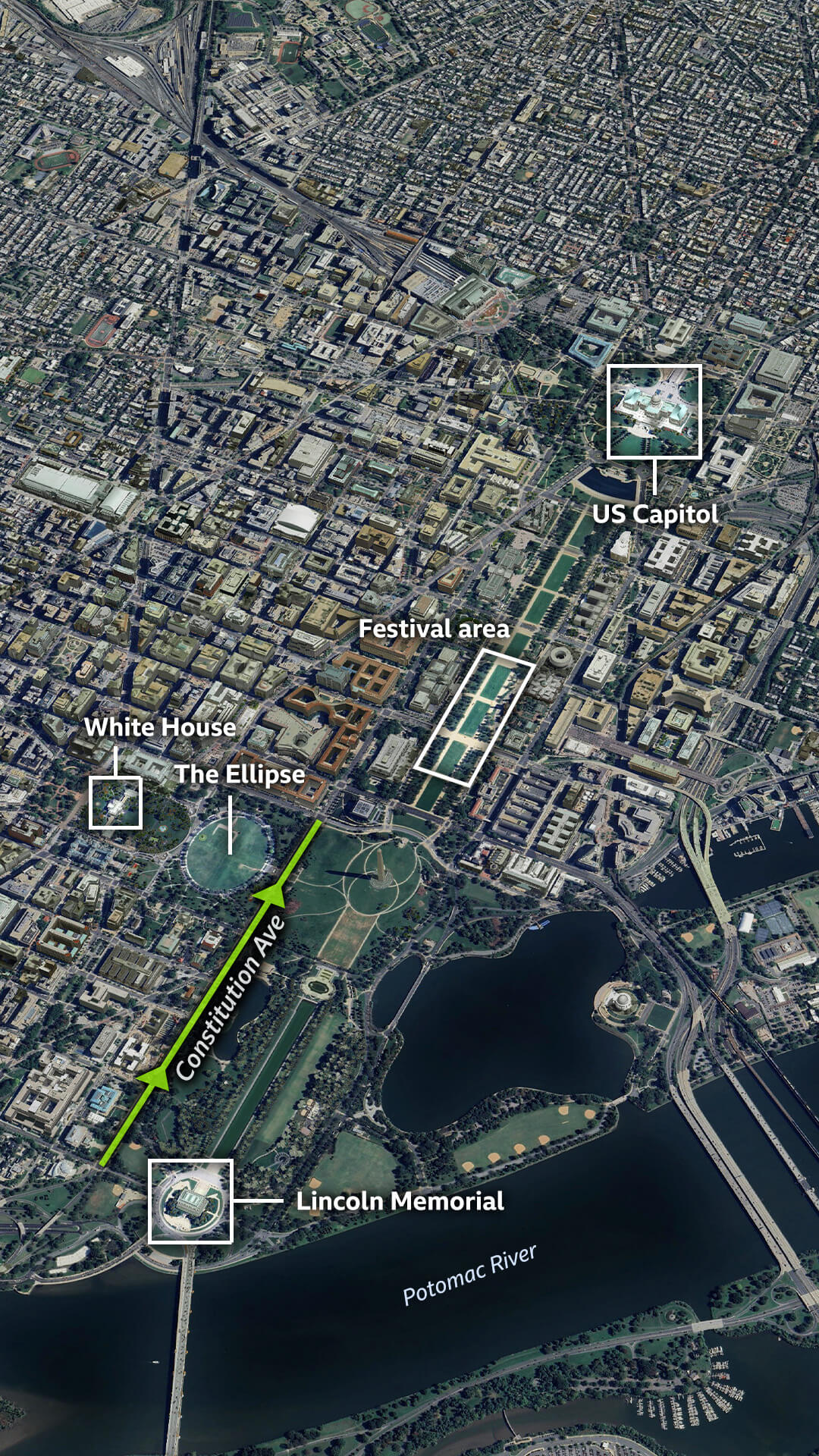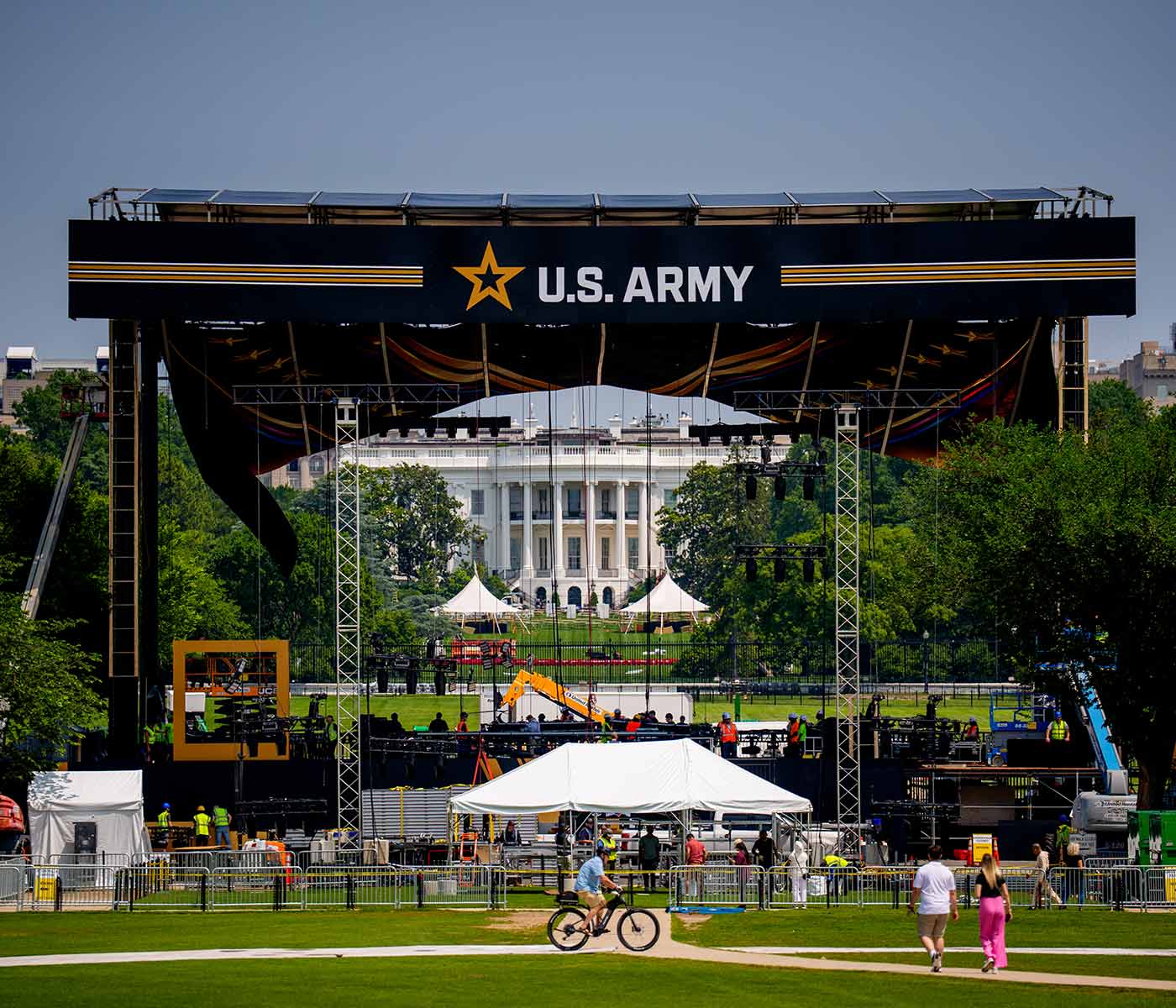The US military is rolling into Washington DC this week for a rare public display of strength on Saturday to celebrate the army’s 250th anniversary.
President Donald Trump, who has long dreamt of holding such an event, will watch on as more than 6,000 troops, 150 vehicles and 50 aircraft take part in a military parade.
Trump, who coincidentally turns 79 on the same day, says the event will honour the US military’s role in major historical victories and celebrate American power.
But the one-day event, which the Army has said could cost up to $45 million (£33m), has been criticised by some as a vanity project and a poor use of taxpayers’ money.
So we've taken a look at what we can expect to see in Washington DC on Saturday and why it is costing so much money.
When did this last happen in the US?
While military parades are common in some countries - think Bastille Day in or Victory Day in Russia - it’s fairly rare for them to be held in the US.
The last one on a similar scale was when 8,000 troops took to the streets of DC to celebrate the end of the first Gulf War in 1991.
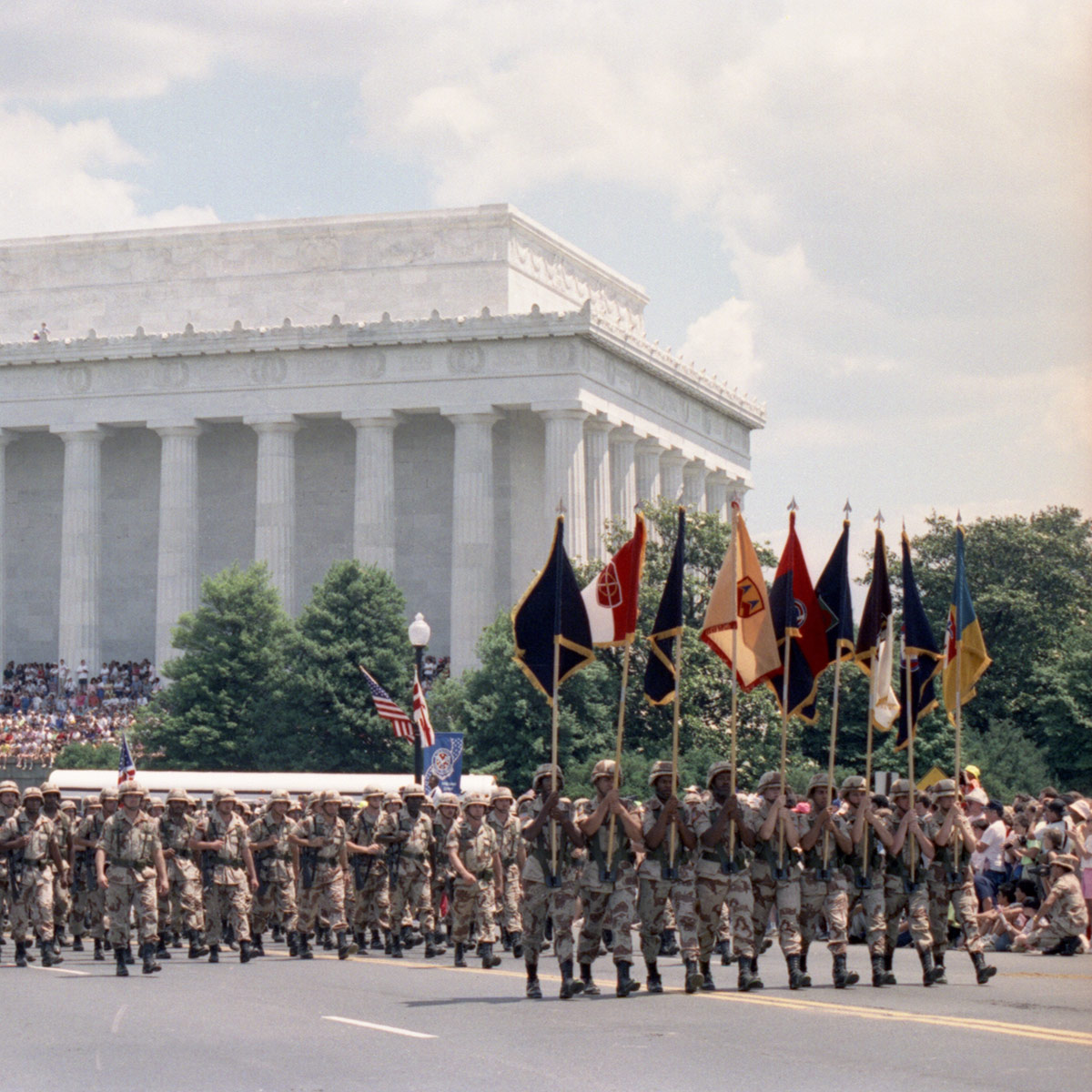
One of the highlights for spectators this year will be tanks and other armoured vehicles rolling along the streets of the capital. They arrived in the city last weekend after making most of the 1,500-mile journey from Texas by train.
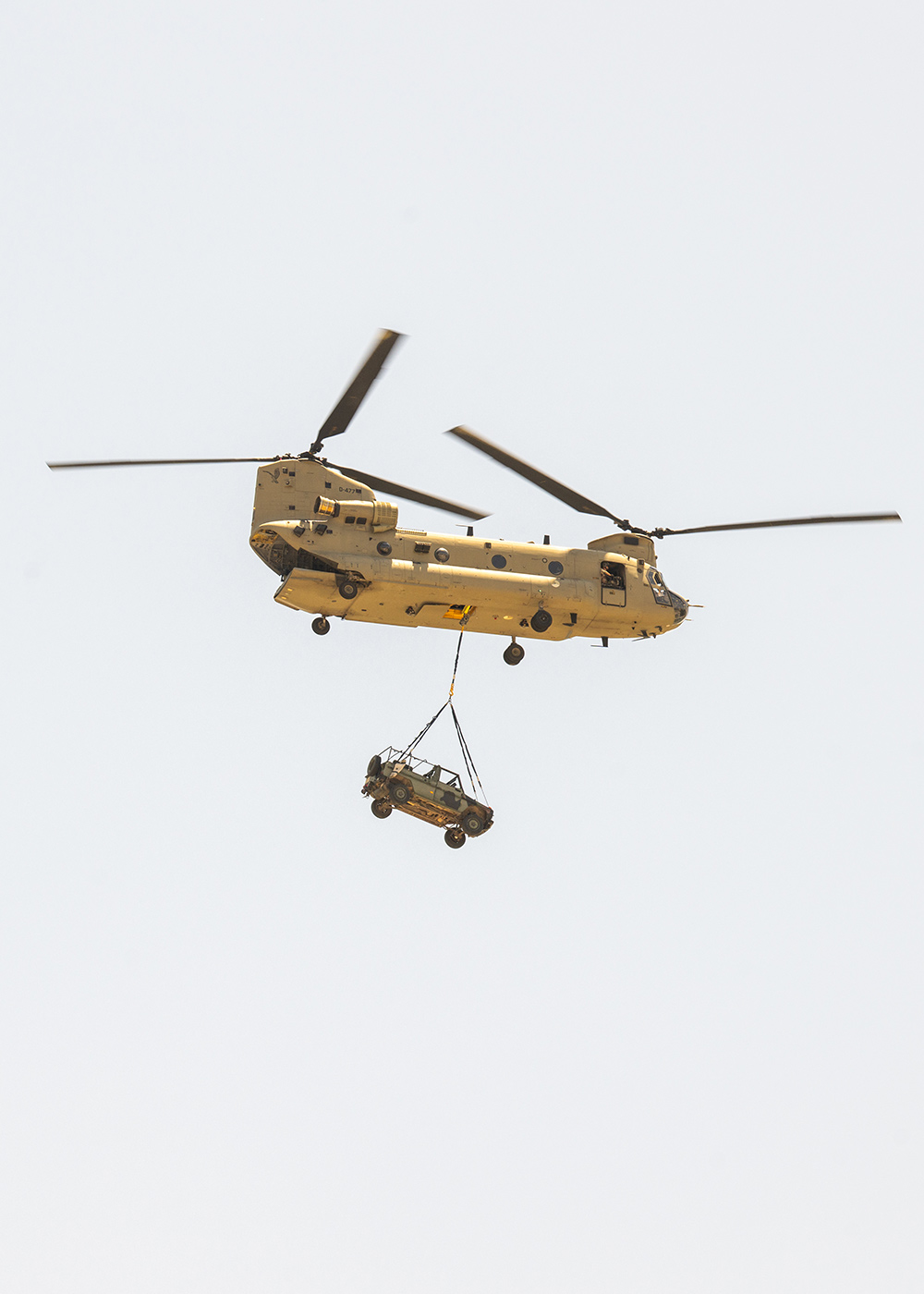
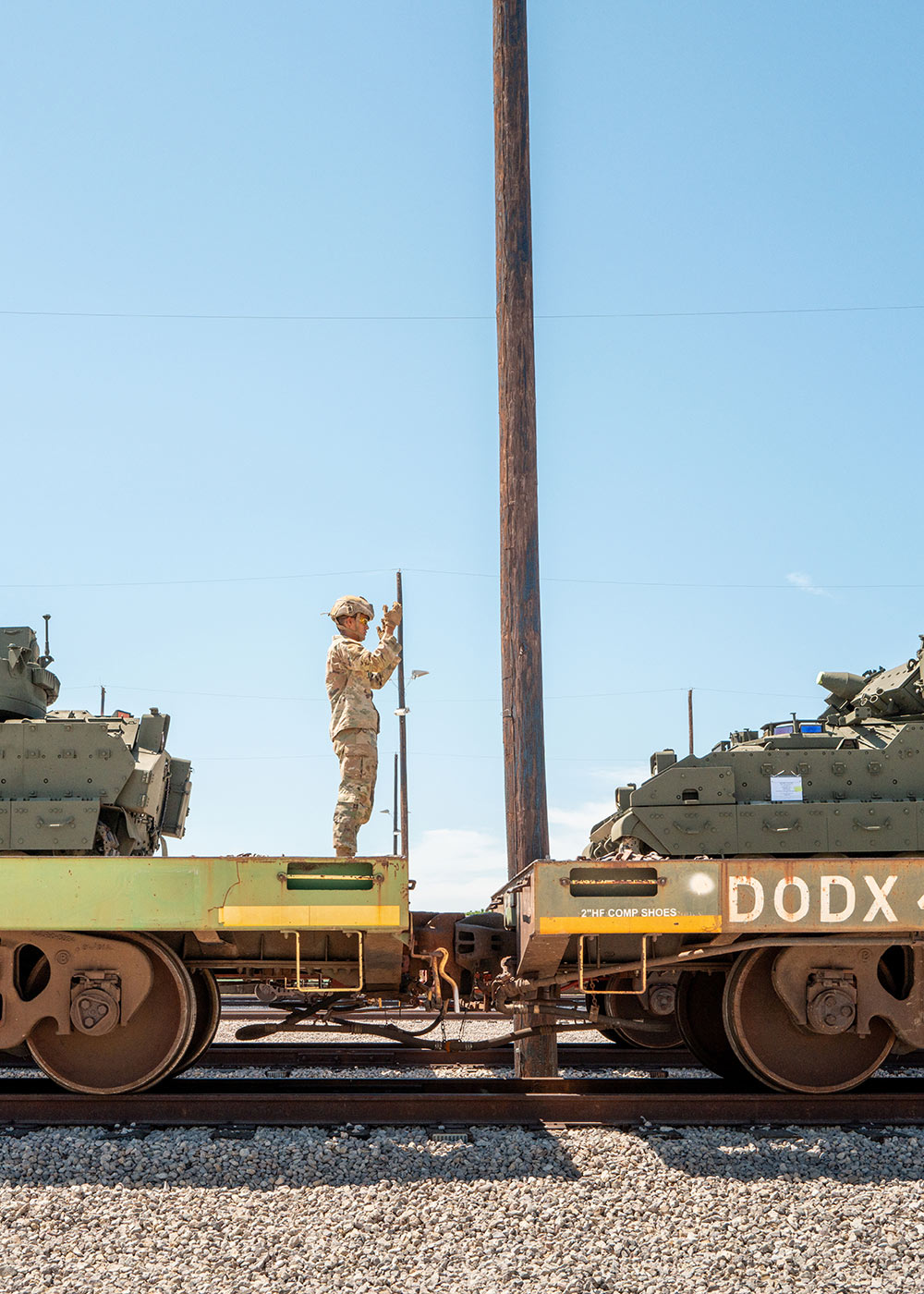
The vehicles - which include M1 Abrams tanks, Bradley Fighting Vehicles and Paladin Self-Propelled Howitzers - were transferred from the train on to trucks at the CSX rail yard in Jessup, Maryland, before being driven into Washington DC.
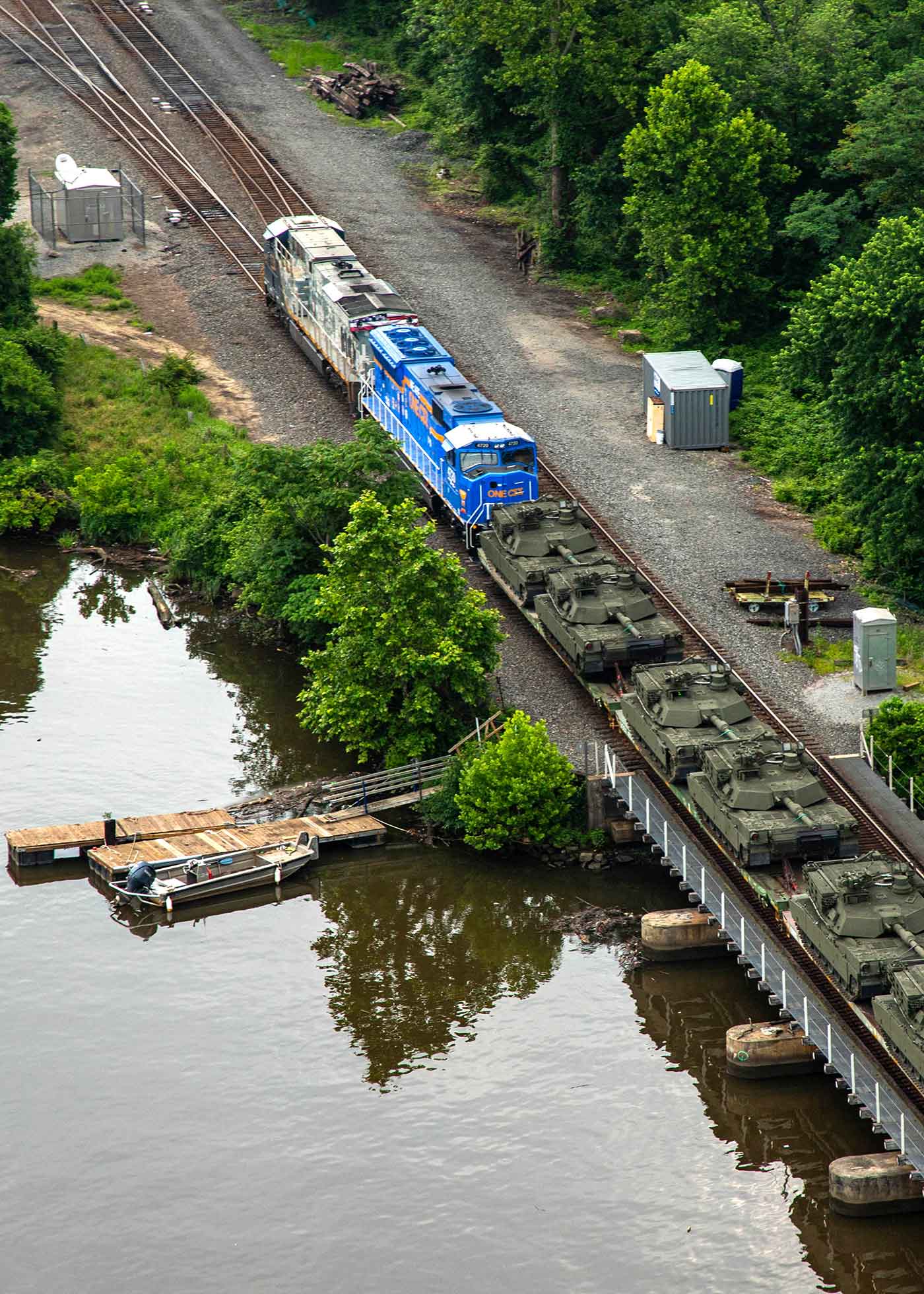
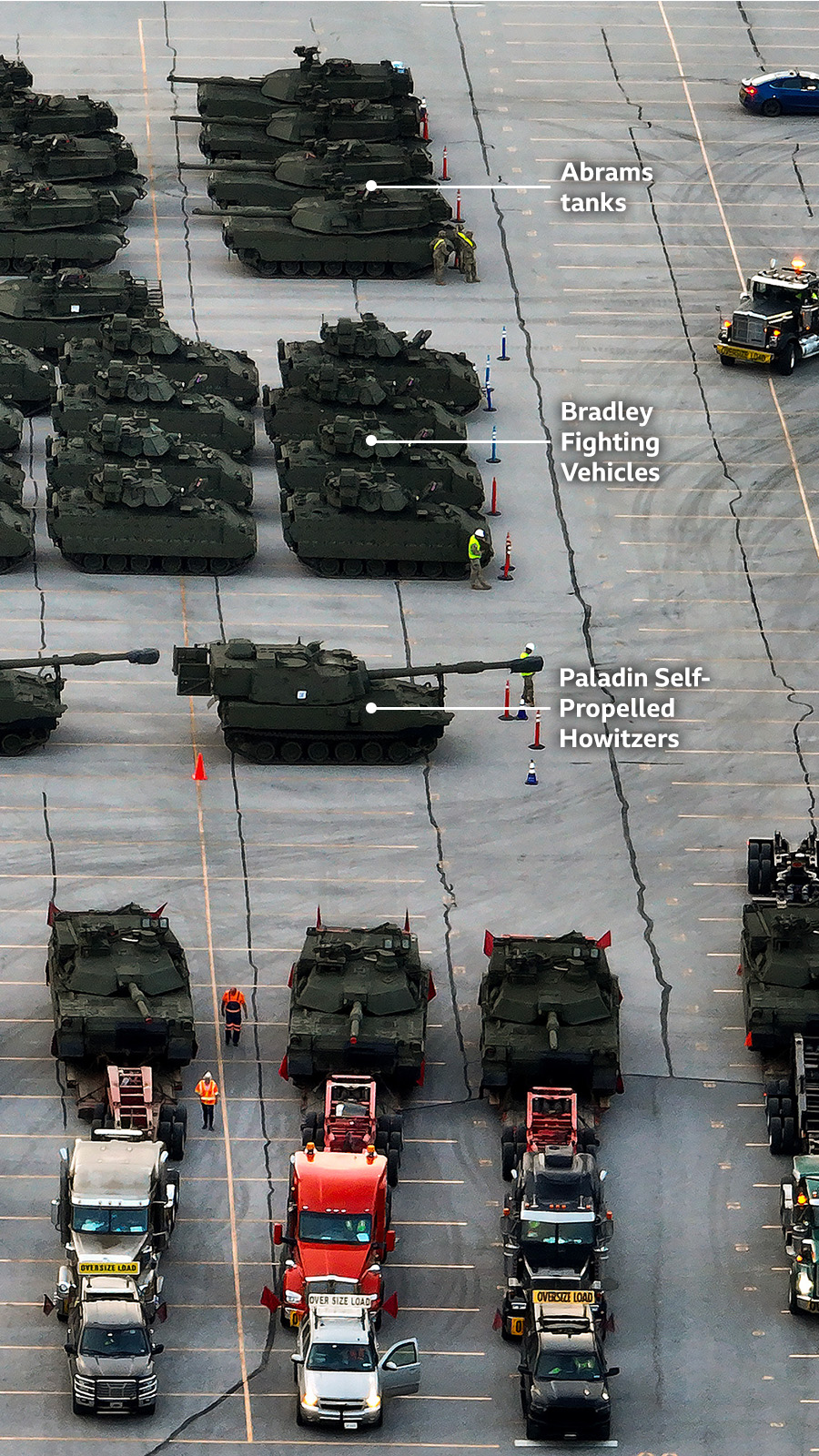
Each Abrams tank weighs about 70 tons (63 tonnes) so a large part of the logistical challenge for the army is ensuring the capital’s streets can deal with the heavy load. According to the DC Department of Transport, the city’s roads can take a maximum weight of 40 tons (36 tonnes).
To lessen any damage caused to the roads, army engineers have spent the past week laying steel plates at key junctions along the route where the vehicles need to turn. They have also fitted new rubber pads on to tank and armoured vehicle tracks to stop them from chewing up the road.

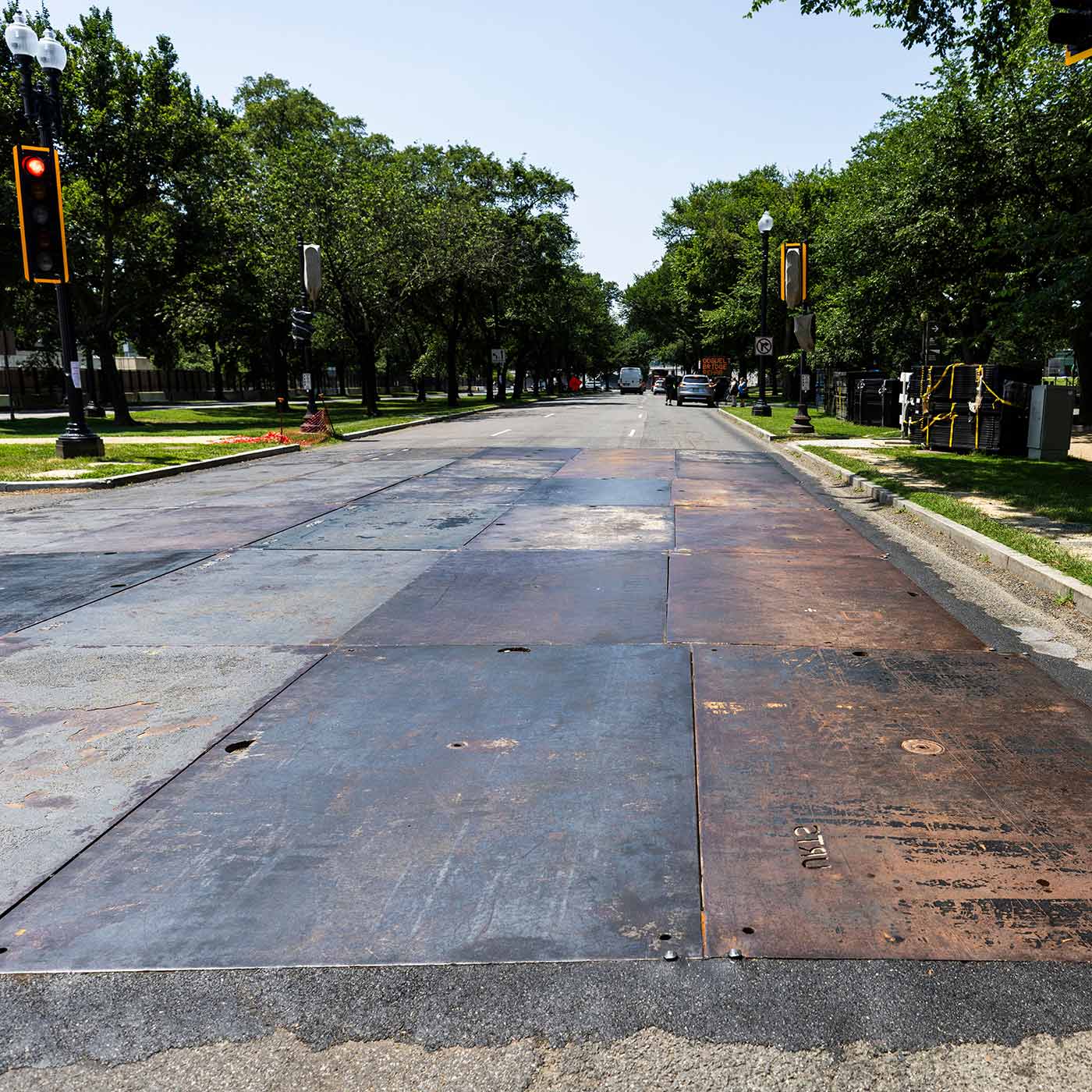
Map: What is the parade route?
The length of the parade’s route has been reduced in recent weeks due to concern about how some of the roads would fare. It will be going along Constitution Avenue, starting at the corner of Constitution Avenue NW and 23rd Street and ending on 15th Street alongside the National Mall.
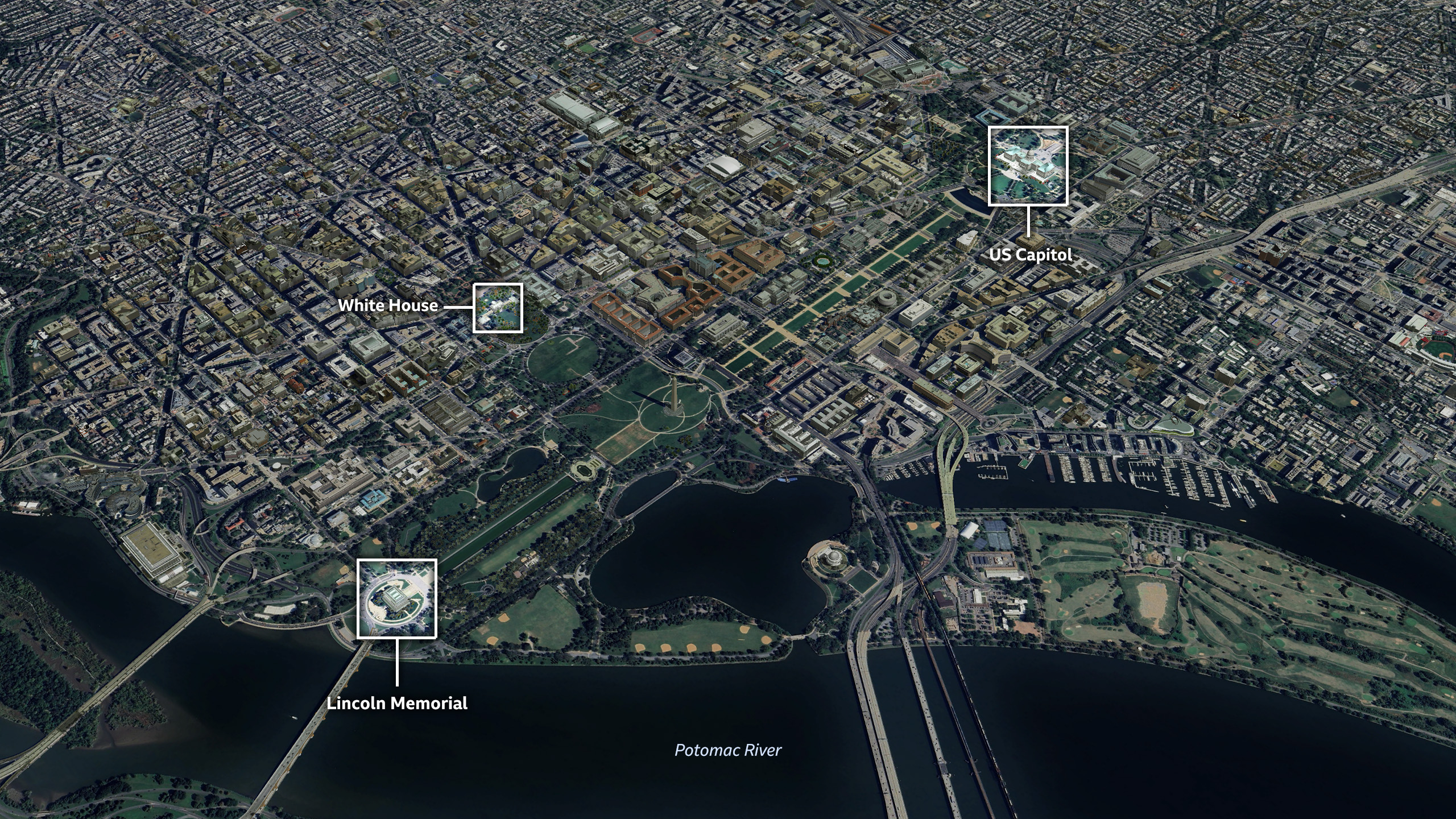
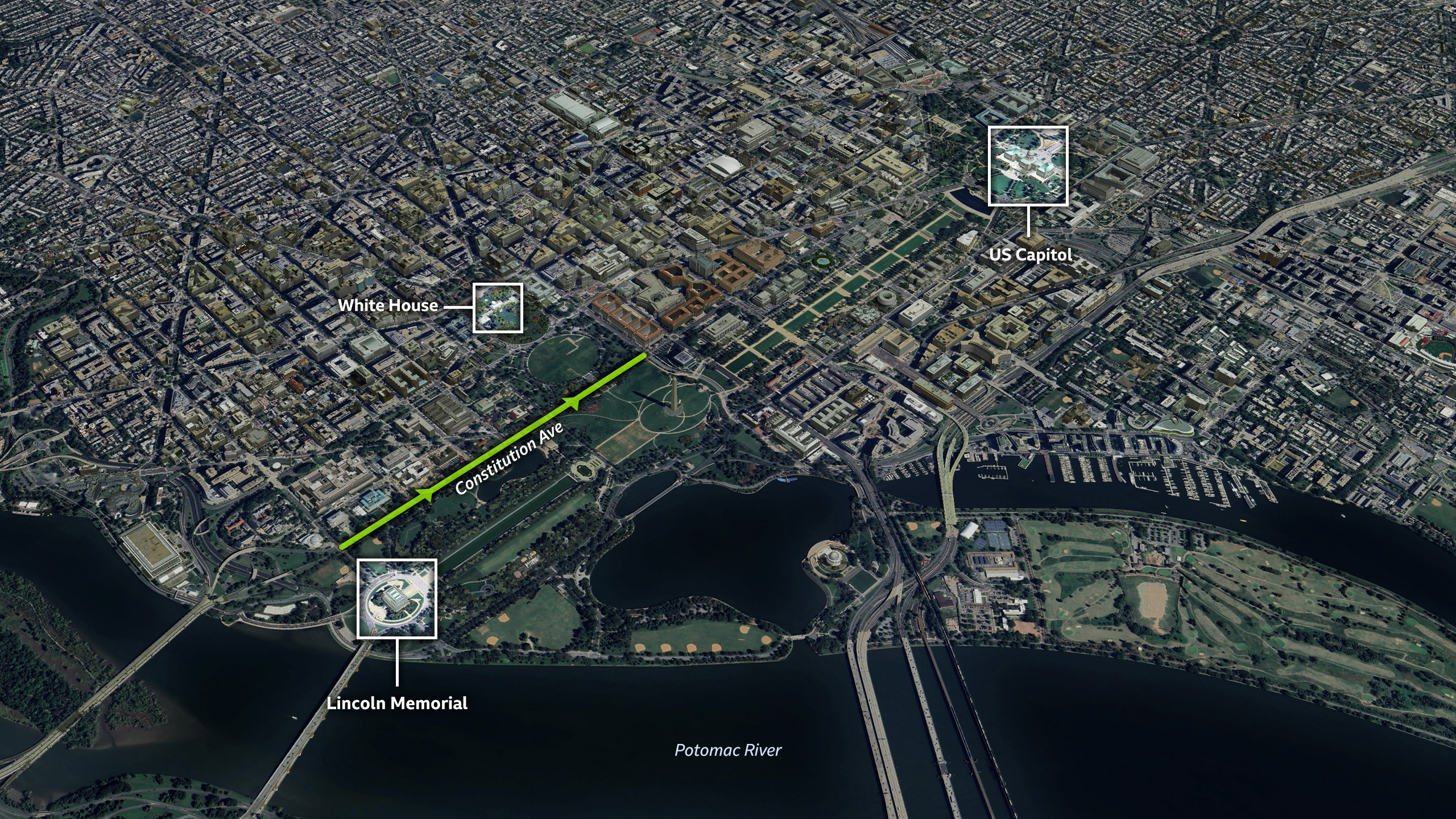
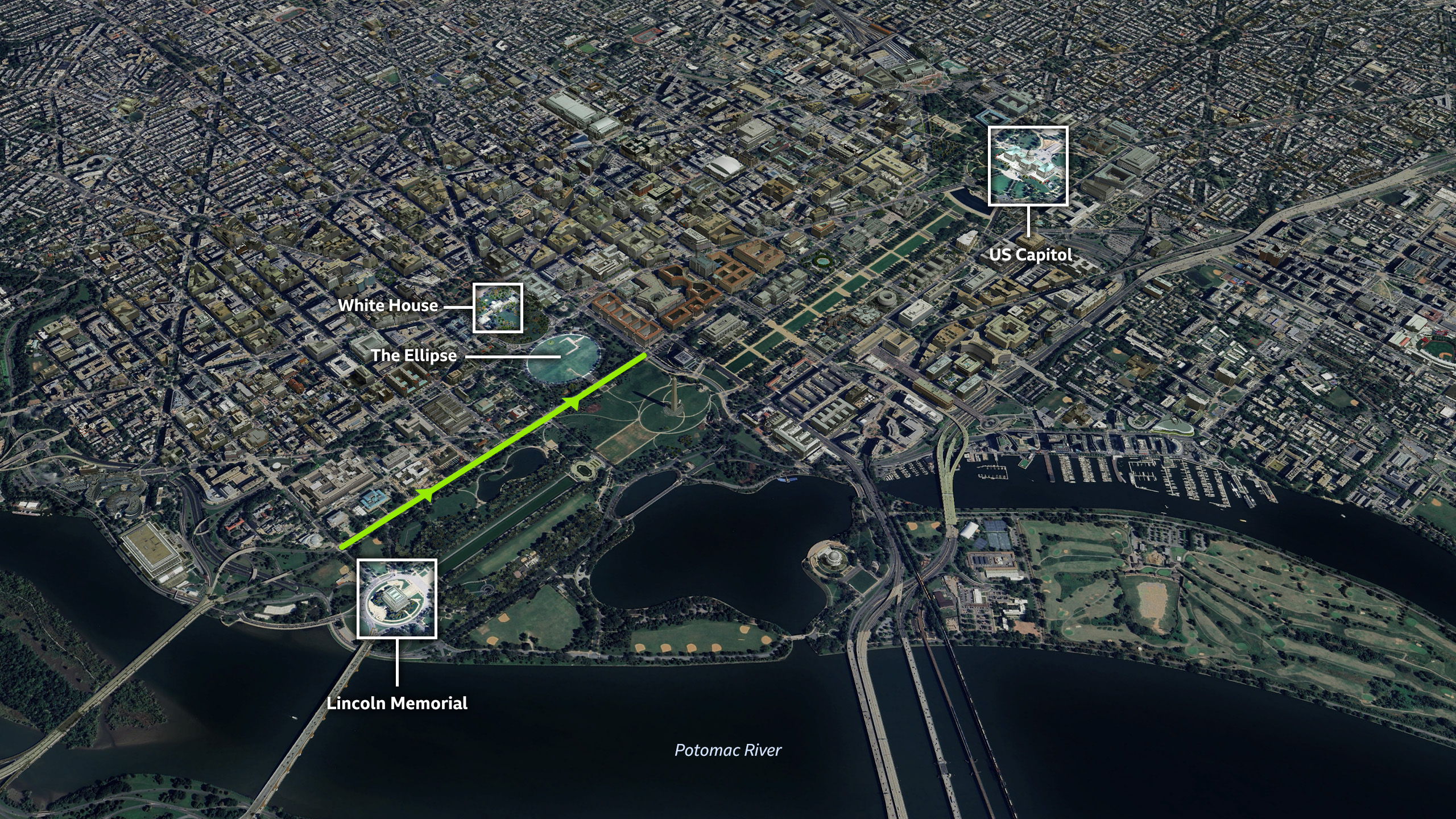

The parade, which begins at around 18:00 local time (23:00 GMT) on Saturday, will tell the history of the US Army, with soldiers wearing past uniforms to represent key periods like the War of Independence. Alongside the soldiers and vehicles, there are also 34 horses, two mules and one dog taking part.
Fifty aircraft will also be involved, including historic planes like the P-51 Mustang fighter and B-25 Mitchell bomber from World War Two as well as Black Hawk helicopters.

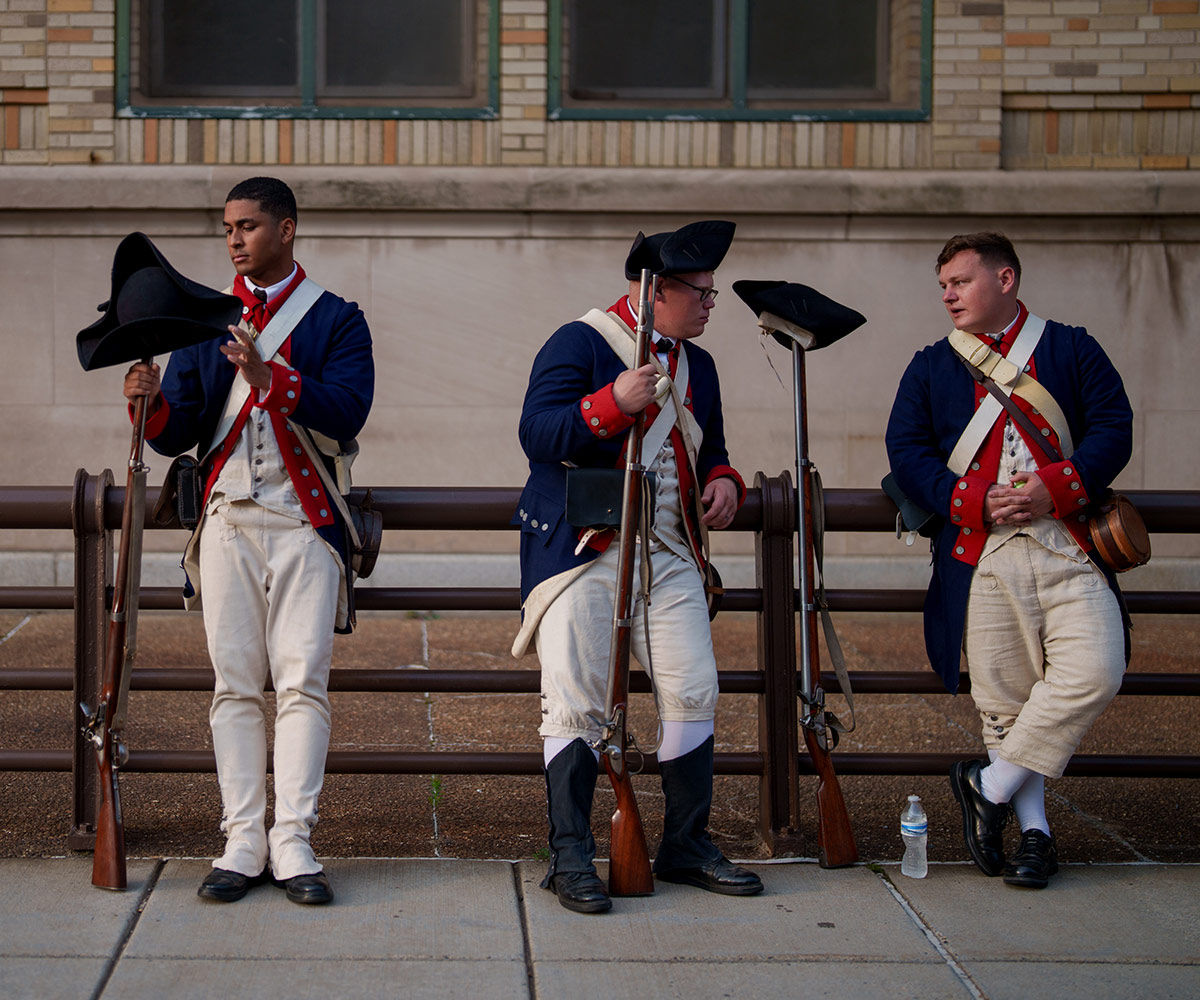
The airspace over the area will be closed while the flyovers take place, which is expected to lead to some disruption at the nearby Ronald Reagan National Airport - the scene of a crash between a enger plane and a military helicopter in January that killed nearly 70 people.
The aerial display will conclude with of the Army’s Golden Knights team parachuting over the White House and landing near President Trump to present him with a US flag.
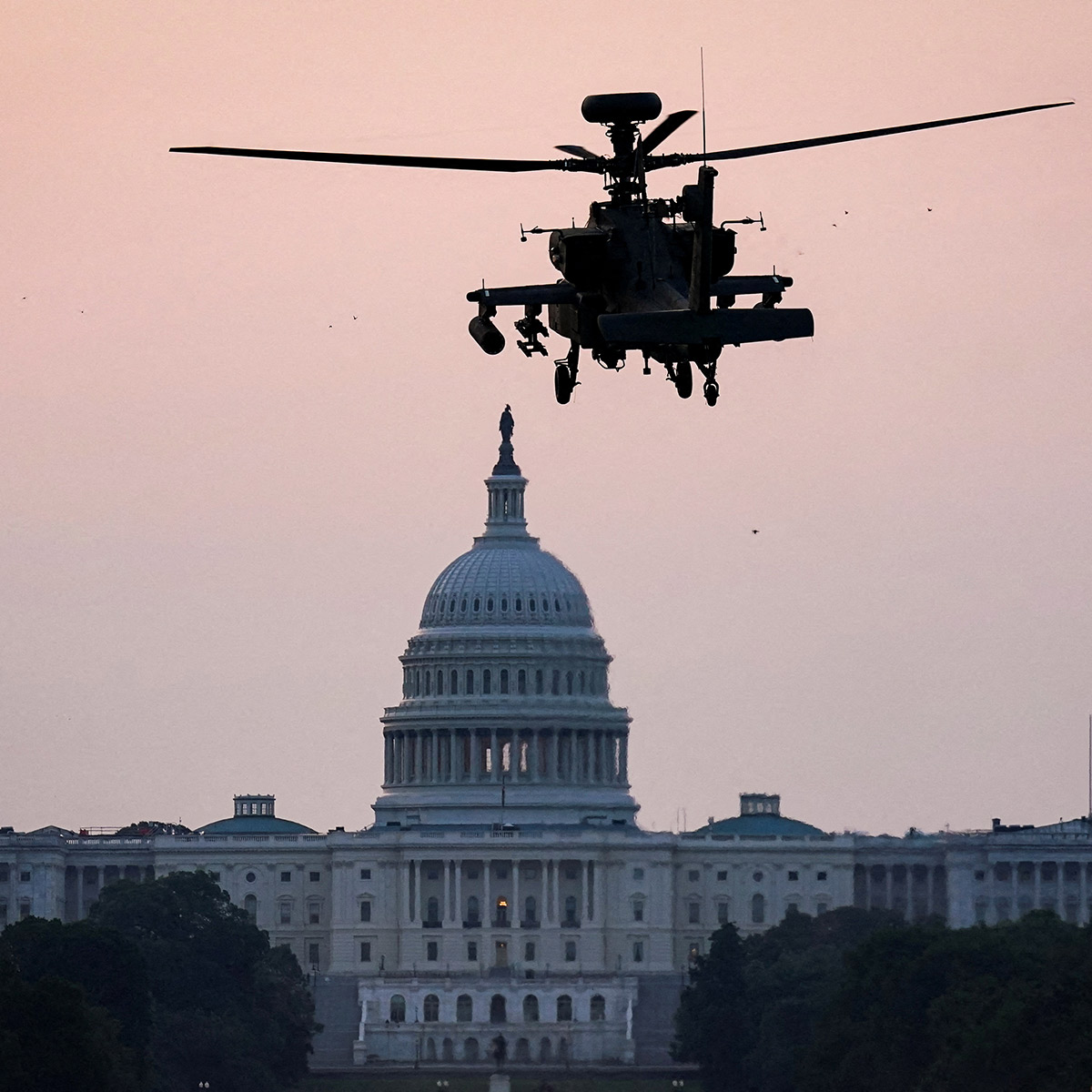

What is the security operation like?
Officials estimate that some 200,000 people could descend on the city on Saturday. Entry is free but security is tight, with spectators having to enter through one of three checkpoints.
Workers have been busy erecting 18 miles (29km) of fences around the event perimeter and 175 metal detectors have been installed to ensure the public have followed strict entry requirements.
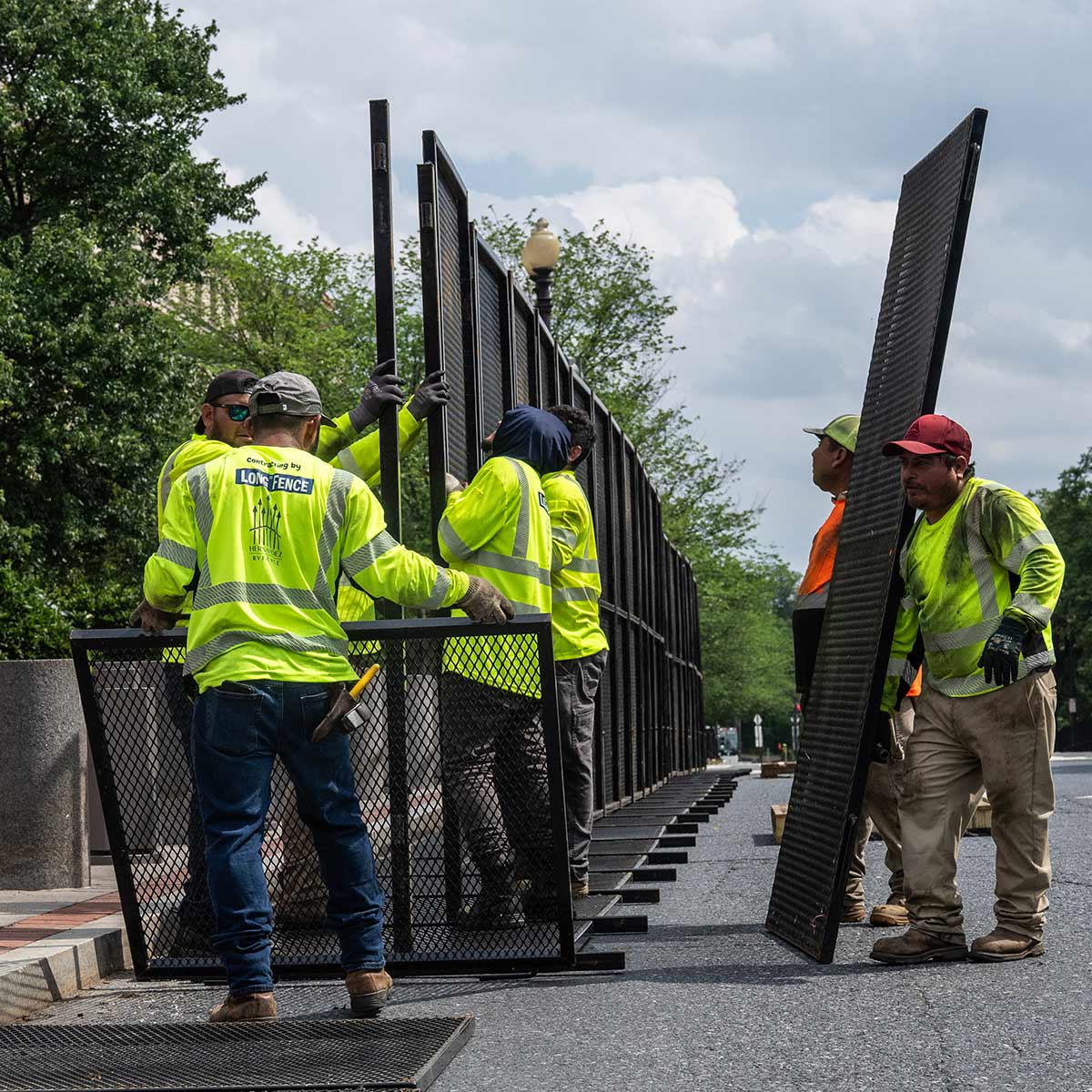

The event is designated as a National Special Security Event, which is "an event of national or international significance deemed by the US Department of Homeland Security to be a potential target for terrorism or other criminal activity."
Anti-Trump activists have organised a series of protests on Saturday as part of the “No Kings” movement, including marches in Chicago, New York, Philadelphia and Atlanta. The group says the president wants “tanks in the street and a made-for-TV display of dominance for his birthday”.
While it has not organised a protest in Washington DC, other unrelated demonstrations are expected in and around the capital city. Trump has warned that anyone trying to protest against the US Army event would be met with “very big force”.
Why is the parade so controversial?
President Trump’s use of the military has been criticised heavily in recent days after he authorised the deployment of 4,000 National Guard soldiers and 700 Marines to Los Angeles, despite state officials saying they were not needed to control unrest over immigration raids.
A poll conducted by the Associated Press and the NORC Center for Public Affairs Research last week found that 40% of respondents approved of the parade while 29% disapproved and 31% neither approved nor disapproved. But when asked whether they thought the event was a good use of government funds, 60% said it was not.
Some Democrats have been sharply critical. Senator Tammy Duckworth, who served in the army, said the money would be better spent on helping military families with childcare or food assistance but instead Trump is throwing himself a “birthday parade just to stroke his own ego”.
The BBC has been speaking to Americans about their feelings on the parade and you can see what they told us in the video below.
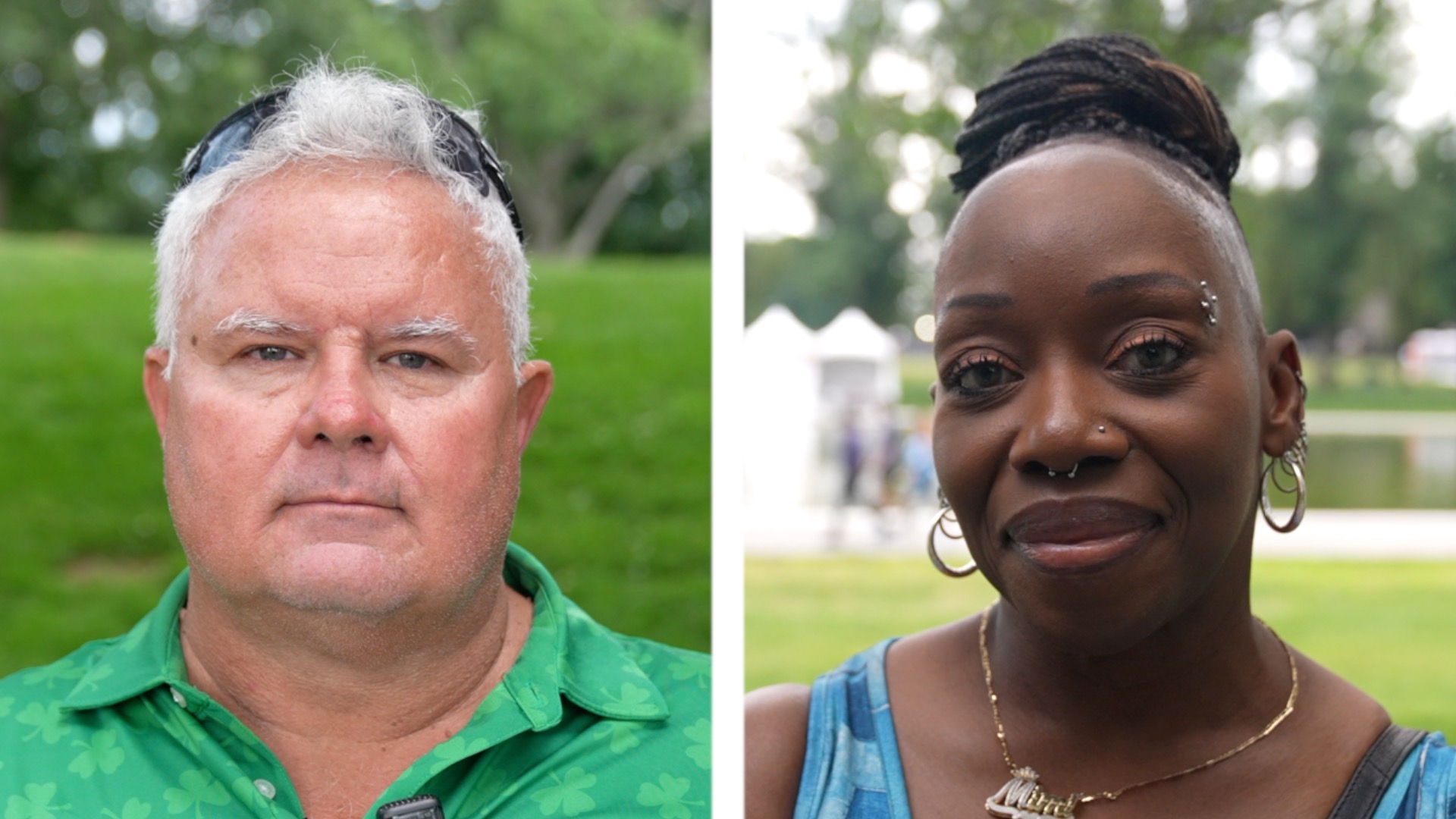
For his part, President Trump told NBC News last month that the cost of the celebrations was “peanuts compared to the value of doing it”.
“We have the greatest missiles in the world. We have the greatest submarines in the world. We have the greatest army tanks in the world. We have the greatest weapons in the world. And we’re going to celebrate it.”
Contributors
Written and produced by Mike Hills. Edited by James Fitzgerald and Tom Geoghegan. Design by Fiona Cheung, Kate Gaynor and Matt Faraci. Development by Dan Smith.
Photographs
Bettmann/Getty Images, Brandon Bell/Getty Images, Rebeca Soria/US Army, Chip Somodevilla/Getty Images, Andrew Harnik/Getty Images, Eric Thayer/Bloomberg, Jim Lo Scalzo/EPA, Alexander Drago/Reuters, Andrew Caballero-Reynolds/AFP, Dominic Gwinn/AFP.


